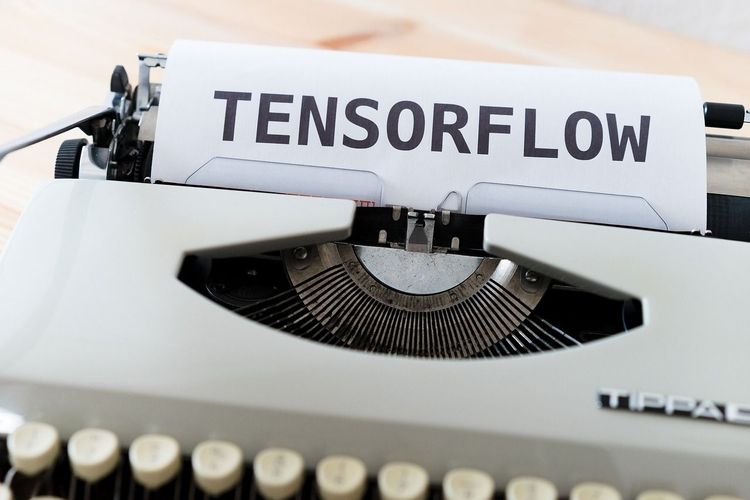Evan, a high school sophomore from Houston, found himself stumped by a challenging calculus problem. He quickly opened Answer AI on his iPhone, took a photo of the problem from his Advanced Placement math textbook, and submitted it to the app. In mere seconds, Answer AI provided not only the solution but also a detailed, step-by-step breakdown of the problem-solving process.
Just a year prior, Evan spent hours sifting through lengthy YouTube tutorials to understand his homework difficulties, in addition to relying on a private tutor at $60 an hour. Now, the rise of AI bots poses a significant challenge to established tutoring services like Kumon, which has been a staple in education for 66 years and boasts 1,500 locations serving nearly 290,000 students across the U.S.
“The cost of a tutor per hour is comparable to the entire yearly subscription of Answer AI,” Evan explained. “So, I've cut back significantly on [in-person] tutoring.”
Answer AI is one of several innovative apps capitalizing on the capabilities of ChatGPT and other advanced language models to assist students with a range of tasks—from crafting history papers to solving complex physics problems. As of May 21, five of the top 20 educational apps in the U.S. App Store are AI-powered platforms, including Answer AI, according to Data.ai.
The debate surrounding the role of AI in education is ongoing. The benefits of AI tutors are clear: they offer more equitable access to after-school learning assistance. For instance, the hourly tutoring rate in Houston is already more affordable than in wealthier, more competitive areas like the Bay Area, where rates can be triple the price, as noted by Answer AI’s founder, Ric Zhou.
Zhou, a seasoned entrepreneur, emphasized that AI fosters personalized learning experiences that are often lacking in a typical classroom setting of 20 students. AI-powered chatbots can remember individual learning preferences and are always available to answer questions without frustration. Myhanh, a junior in Houston, shared that her math grades have seen a significant jump from 85 to 95 in just six months thanks to her use of generative AI for studying.
Currently, AI tutors rely heavily on text-based interactions, but the future holds promise for even more engaging communication styles tailored to each student's learning preferences—be it more empathetic, humorous, or creative. OpenAI's GPT-4o is already showcasing the potential for AI assistants to deliver voice responses in diverse emotional tones.
Limitations of AI Learning
Despite these advancements, the vision of equitable, AI-enhanced learning is still a work in progress. Like other applications that utilize API calls to large language models, AI tutors occasionally generate inaccuracies—commonly referred to as “hallucinations.” Answer AI seeks to mitigate these inaccuracies through retrieval-augmented generation (RAG), which enhances a language model with specific domain knowledge derived from extensive problem sets. Still, it currently makes more errors than previous-generation homework apps that match user queries with a pre-existing library of practice questions.
Students are becoming increasingly aware of AI’s limitations. Evan regularly cross-verifies answers from Answer AI with ChatGPT, while Myhanh employs Answer AI in after-school study groups to engage with her peers. However, both Evan and Myhanh are self-motivated learners likely to use AI as a supplemental educational tool, unlike some of their classmates who may purely rely on AI for homework without gaining understanding.
As of now, educators are grappling with how to integrate AI into teaching effectively. Several public school districts in the U.S. have prohibited access to ChatGPT on school devices, yet enforcing such bans becomes difficult once students leave school.
The reality is, preventing students from utilizing AI for studying proves nearly impossible. It's challenging for teachers and parents to evaluate whether a student has simply memorized the solution to a math problem based on their written answer, and existing methods to detect AI-generated essays are, at this stage, considerably flawed. Educating students on AI's role as an imperfect yet helpful learning adjunct may be a more pragmatic approach than imposing outright bans.
The Rise of Chinese AI Helpers
As of May, the leading AI education apps in the U.S. are both owned by Chinese companies. Question AI, only a year old, was developed by the creators of Zuoyebang—a renowned Chinese homework app that has raised nearly $3 billion in funding over the last decade. Gauth launched by TikTok’s parent company ByteDance in 2019, has also gained significant traction. Question AI has 6 million downloads across the Apple App Store and Google Play Store, while Gauth has achieved twice that number according to market research firm Sensor Tower.
The success of these Chinese AI tutors stems from their targeted efforts to penetrate the American market in recent years. In 2021, China implemented regulations that restricted its burgeoning private tutoring sector, prompting many service providers to seek international opportunities, with the U.S. being a prime target due to its size.
The similar foundational AI technologies used by tutoring apps have leveled the playing field, allowing foreign apps to bridge language and cultural divides by studying user behavior. Eugene Wei's critical analysis of TikTok’s global success emphasized that “a highly responsive and accurate machine learning algorithm can transcend cultural barriers.”
The reliance on identical language models poses a challenge for differentiation based solely on answer quality. Legacy players like Zuoyebang and Photomath leverage a combination of generative AI and comprehensive search capabilities within extensive problem libraries to enhance accuracy. New entrants will need to develop unique features focused on user personalization.
“An effective AI agent must engage students proactively and tailor responses to their individual learning needs,” Zhou stated. “A simple language model doesn’t equate to a fully functional AI teacher, so we aim to stand out by fine-tuning our AI for more effective teaching. For instance, our AI bot encourages students to ask follow-up questions after presenting a solution, fostering deeper learning rather than mere rote memorization.”







